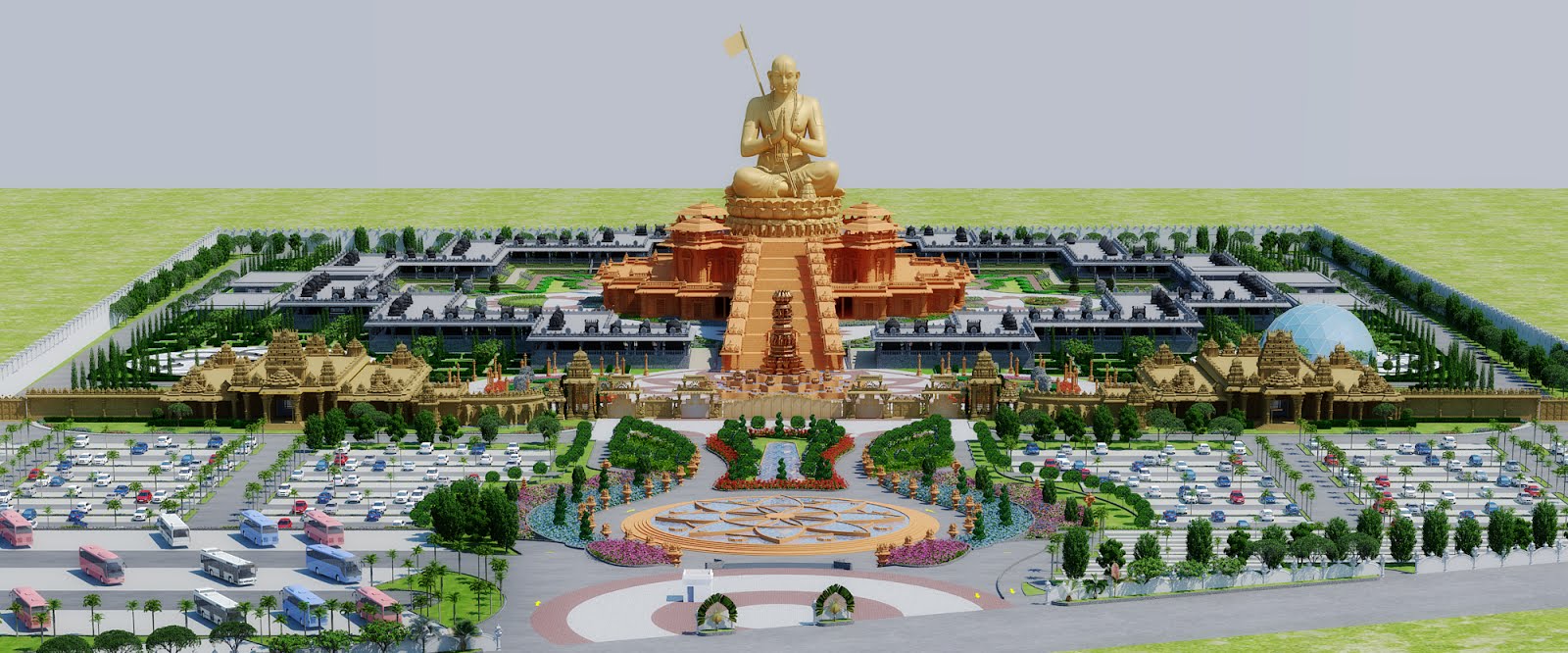Day 13 Sharanagathi Gadyam Pravachanam important points:
Please click the link below to download the recording of pravachanam 13:
Churnika 14:
Purushas sa para: partha bhakthya labhyas thvananyaya
bhakthya thvananyaya Sakya: madhbhakthim labhathe param
ithi sthananathrayodhitha parabhakthi yuktham mam kurushva II
• There are 5 different types of purushas.
• 1) Achith, 2) Badhdhathma, 3) Mukthathma, 4) Nithyathma and 5) Bhagavan.
• Sri krishna tells arjun that the supreme being can be attained only through Bhakthi.
• Sri Ramanuja now pleads with Bhagavan to make him as one who has Parabhakthi, Paragyana & Paramabhakthi.
Churnika 15:
Parabhakthi paragyana paramabhakthyeka svabhavam mam kurushva II
• While Sri Ramanuja had already prayed for being granted parabhakthi, paragyana and paramabhakthi, here he wants these three to be part of his svabhavam (nature). It should be clearly understood here that he is asking for these three levels of Bhakthi as a prerequisite for carrying out kainkaryam.
• One may wonder as to why he is asking for all three when paramabhakthi alone would be enough to carry out kainkaryam in Srivaikuntam.
• Let us look at it this way. We have food every day. The quality of food as prepared in the house would be almost the same. The type of food is also almost the same. But every day before we sit down to eat, there is an expectation as to what is going to be served today, even though we know what would be as we have been eating for ages.
Why do we have this feeling of expectation?
It is because of the change in the type of hunger that we have each day.
• Now let us look at what happens (or will happen) in srivaikuntam. Here Bhagavan is compared as food. One day he will give dharshan (view) like varaha, one day like vamana, one day like nrusimha, etc. (varaha, vamana, nrusimha are all various avatharams (incarnations) of bhagavan on earth). And the expectation from nithyathmas and mukthathmas will be very high to know how bhagavan would show himself up each day.
• Thus it is not enough to have only paramabhakthi, but it is equally important to have parabhakthi and paramagyana to fully appreciate bhagavan’s various forms and do kainkaryam to each of these.
Churnika 16:
Parabhakthi paragyana paramabhakthikrutha paripurnavaratha nithya
visadhathama ananyaprayojana anavadhikathisaya priya
bhagavadhabhavoham thathavidha bhagavadhanubhava janitha anavadhikathisaya preethikaritha aseshavasthochitha asesha
seshathaikarathirupa nithya kinkaro bhavani II
• Parabhakthi – knowledge about bhagavan.
• paragyana – ability to have sakshathkaram of bhagavan (ability to see bhagavan as if he is right if front of us).
• paramabhakthi – attain bhagavan.
• Sri Ramanuja talks about the unbounded happiness that he gets out of carrying out kainkaryam to bhagavan, based on parabhakthi, paragyana and paramabhakthi.
• Enjoying Bhagavan‘s svarupa (basic nature), rupa (physical form), guna (auspicous qualities), vibhuthi (wealth) etc, completely without any break i.e. Not diluted with anything other than bhagavan. When we are thinking of bhagavan, the entire thought process should be fully focused on bhagavan alone and not on other things also.
• Bhagavadh ramanuja prays to bhagavan to make him as a servitor forever. To get to this state, he asked for parabhakthi, paragyana, paramabhakthi, and then loving devotion to carry out kainkaryam. And he wants this kainkaryam in all states, without leaving anything.
We are going to Learn About Kainkaryam in 17th churnika in next Pravachanam.
Sign up here with your email


ConversionConversion EmoticonEmoticon